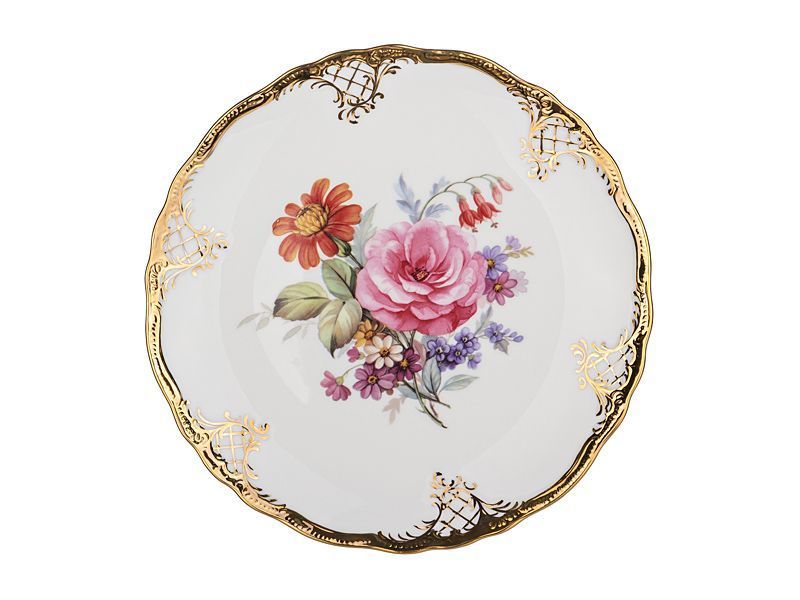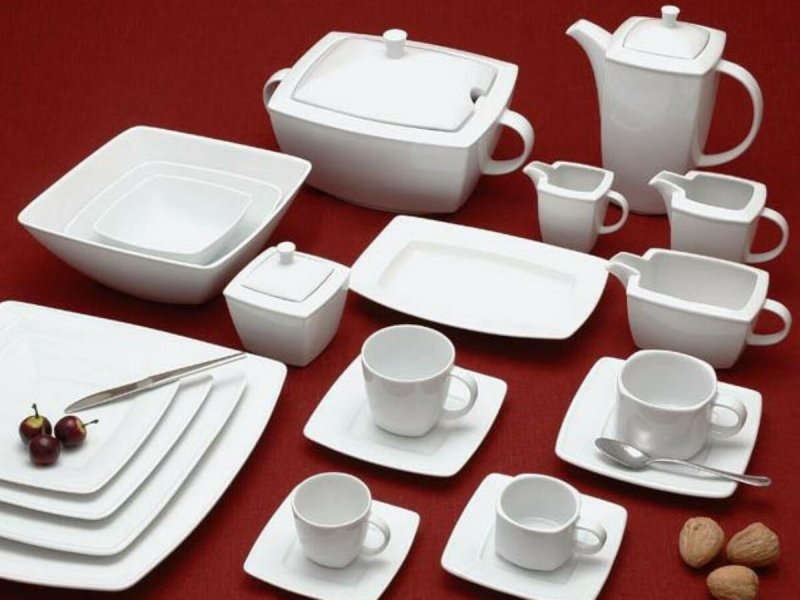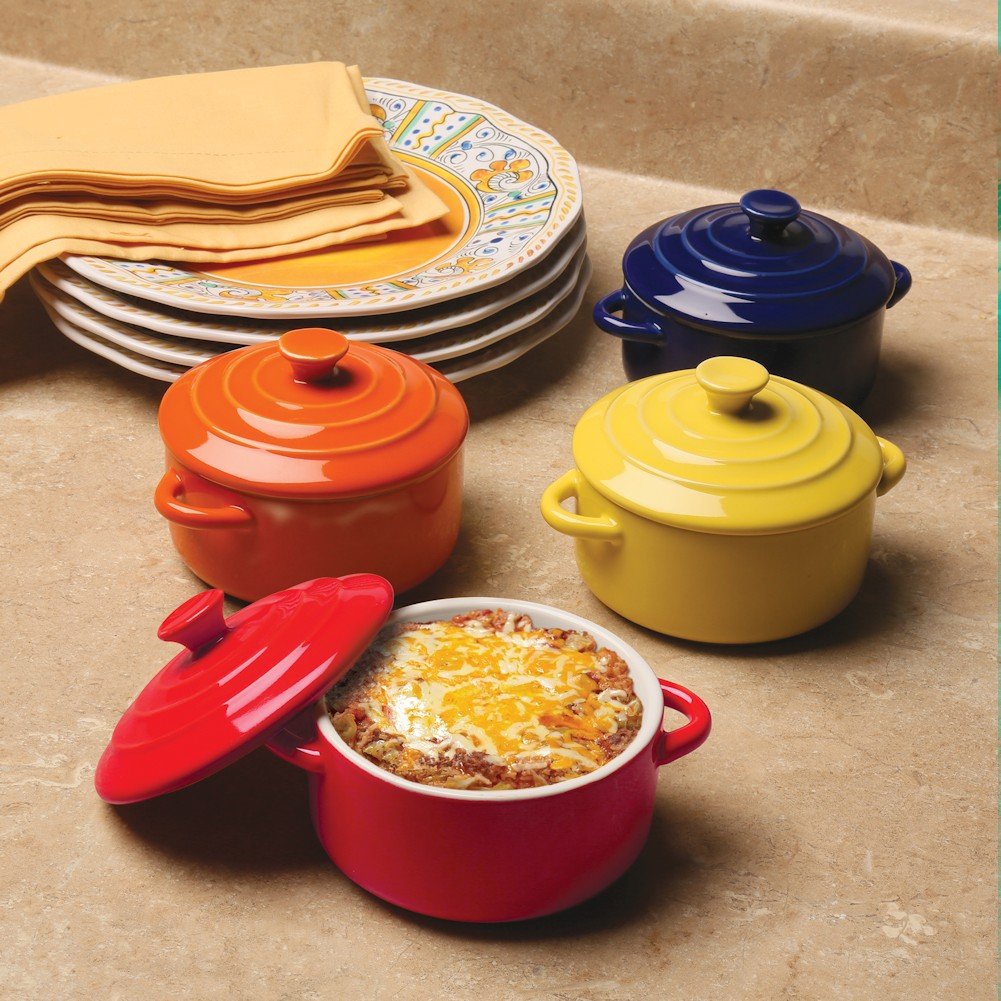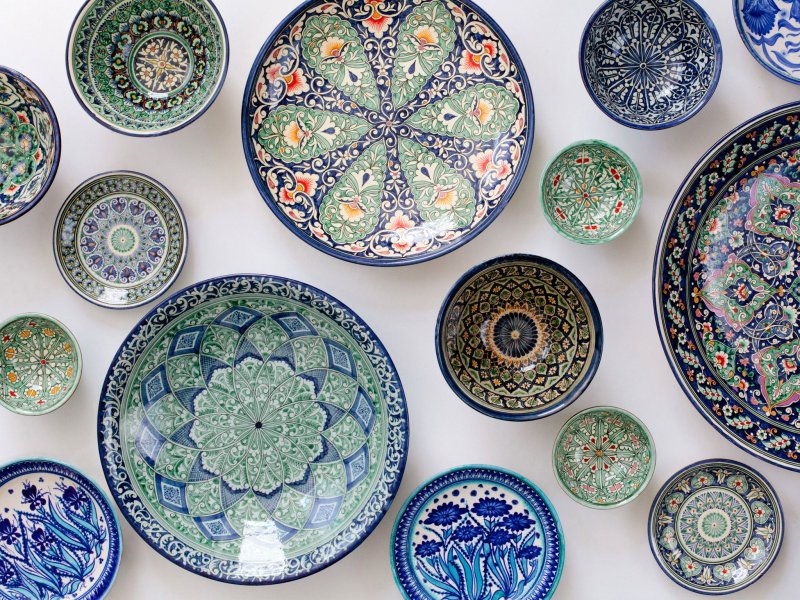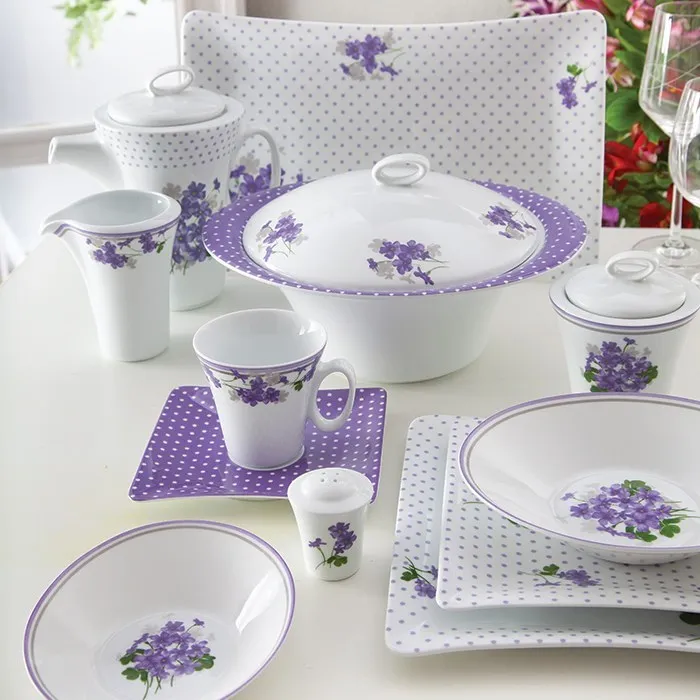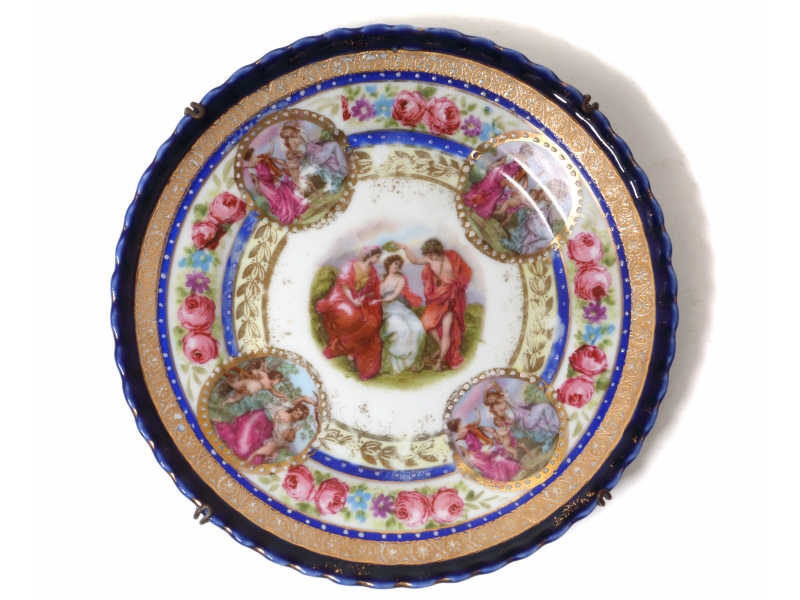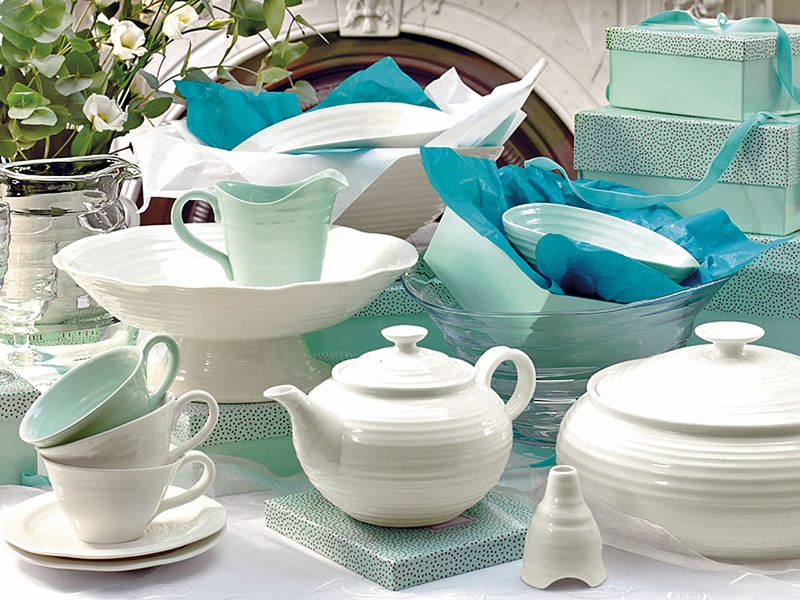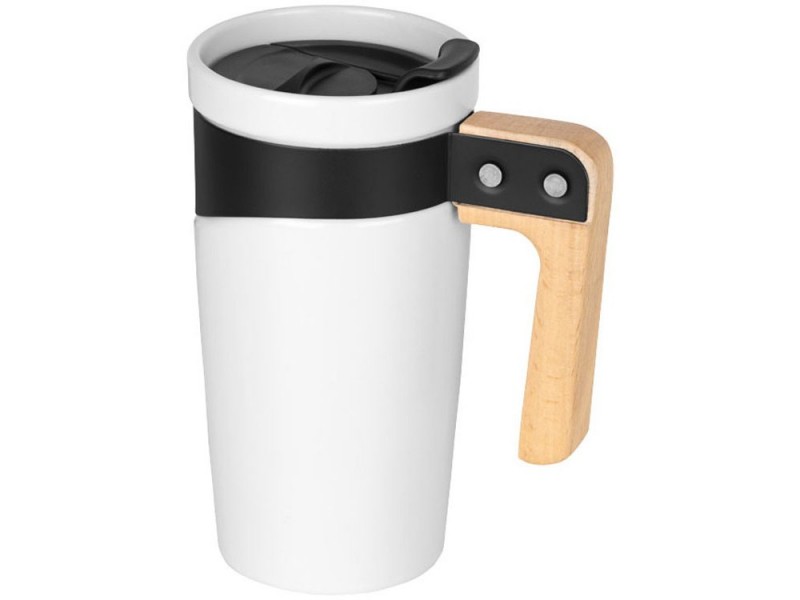A Comprehensive Comparison
Introduction:
Choosing the right cookware for your kitchen can greatly impact your cooking experience. Among the various options available, ceramic and porcelain cookware are gaining popularity due to their durability, versatility, and aesthetic appeal. In this article, we will delve into the key differences and similarities between ceramic and porcelain cookware, helping you make an informed decision when selecting your next set of pots and pans.
1. Composition:
Ceramic Cookware: Ceramic cookware is typically made from clay and other natural materials. The clay is fired at high temperatures, resulting in a non-metallic, smooth, and non-stick surface. The materials used do not contain any harmful substances like PFOA or PTFE, making ceramic cookware a healthier option.
Porcelain Cookware: Porcelain cookware is a type of ceramic cookware that contains a specific type of clay called kaolin, which is fired at extremely high temperatures. This firing process produces a hard and non-porous surface with a glass-like finish.
2. Heat Distribution and Retention:
Ceramic Cookware: Ceramic cookware is known for its excellent heat distribution and retention properties. The heavy bottom and dense construction ensure even heat distribution, preventing hotspots and allowing for precise cooking.
Porcelain Cookware: Porcelain cookware also offers excellent heat distribution and retention due to its dense composition. The high firing temperature results in uniform heat distribution without the risk of warping or deforming.
3. Durability:
Ceramic Cookware: Ceramic cookware is generally sturdy and resistant to scratches. However, it can be more prone to breaking or chipping if mishandled or dropped. While it can withstand high heat, extreme temperature changes can cause cracking.
Porcelain Cookware: Porcelain cookware is known for its exceptional durability. The high firing temperature makes it highly resistant to scratches, chips, and cracks, making it ideal for everyday use.
4. Non-Stick Properties:
Ceramic Cookware: Ceramic cookware is popular due to its non-stick properties. The ceramic coating provides a smooth cooking surface, reducing the need for excessive oil or butter. However, over time, the non-stick properties of the ceramic coating may degrade, necessitating replacement or re-coating.
Porcelain Cookware: Porcelain cookware has inherent non-stick properties due to its smooth and glossy surface. It requires minimal oil or butter for cooking, making it a healthier option. Moreover, the non-stick surface of porcelain cookware remains intact even after prolonged use.
5. Maintenance and Cleaning:
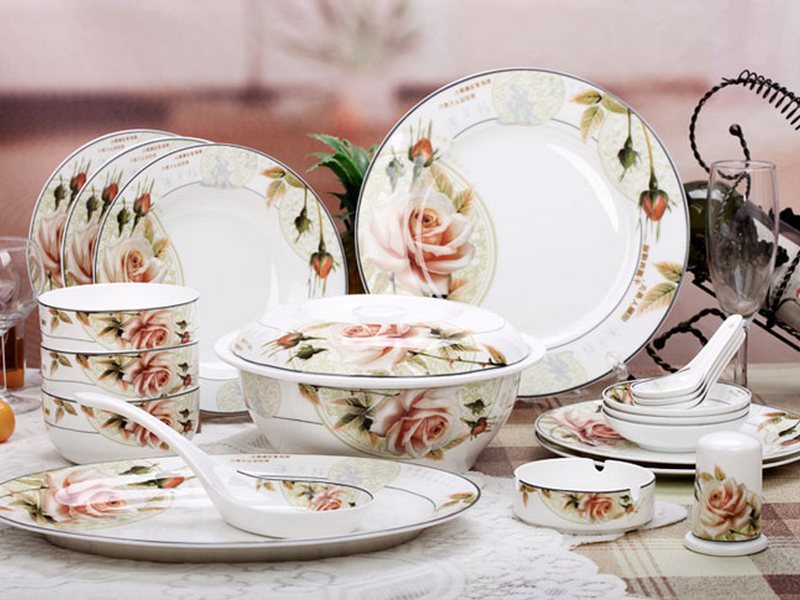
Ceramic Cookware: Ceramic cookware is relatively easy to clean. Most ceramic cookware is dishwasher safe, but it is recommended to hand wash them to prolong their lifespan. Avoid drastic temperature changes, as this can cause thermal shock that may result in cracking.
Porcelain Cookware: Porcelain cookware is also easy to clean, and most pieces are dishwasher safe. However, as with ceramic cookware, hand washing is recommended for longevity. Porcelain is less susceptible to thermal shock compared to ceramic, but it is still prudent to avoid extreme temperature changes.
6. Versatility:
Ceramic Cookware: Ceramic cookware is versatile and suitable for various cooking methods, including stovetop and oven use. It can withstand high heat, making it excellent for searing, sautéing, and browning. Most ceramic cookware is safe for induction cooktops as well.
Porcelain Cookware: Porcelain cookware showcases its versatility in the kitchen. It is suitable for stovetop cooking, baking, broiling, and serving. Additionally, porcelain cookware is safe to use in ovens, microwaves, and even freezers.
7. Aesthetic Appeal:
Ceramic Cookware: Ceramic cookware comes in a wide range of colors and designs, making it visually appealing. The vibrant and stylish options can add a touch of personality to your kitchen.
Porcelain Cookware: Porcelain cookware has a classic, elegant look due to its smooth, glossy finish. Its simple and sophisticated design makes it an attractive addition to any kitchen decor.
8. Price:
Ceramic Cookware: Ceramic cookware is relatively affordable compared to other options in the market. It provides good value for money, especially considering its non-stick properties and durability.
Porcelain Cookware: Porcelain cookware tends to be pricier due to the higher production costs associated with the firing process and the quality of materials used. However, the long-lasting durability justifies the price for many buyers.
Conclusion:
Ceramic and porcelain cookware both offer excellent cooking performance, non-stick properties, and durability. While ceramic cookware offers affordability and a wide range of colors and designs, porcelain cookware stands out with its superior durability, resistance to scratches, and versatility. Ultimately, the choice between ceramic and porcelain cookware comes down to personal preference, cooking style, and budget. Carefully consider your needs, and select the option that best suits your cooking requirements and aesthetic tastes.Ceramic vs Porcelain Cookware: An In-depth Comparison for the Discerning Buyer
1. Safety and Health Concerns:
Ensuring the safety of cookware is of utmost importance, especially when it comes to the materials used in its composition.
Ceramic Cookware: Ceramic cookware is generally considered safe for cooking as it does not contain harmful substances like PFOA or PTFE. However, it is crucial to choose ceramic cookware from reputable brands, ensuring that they adhere to proper production standards.
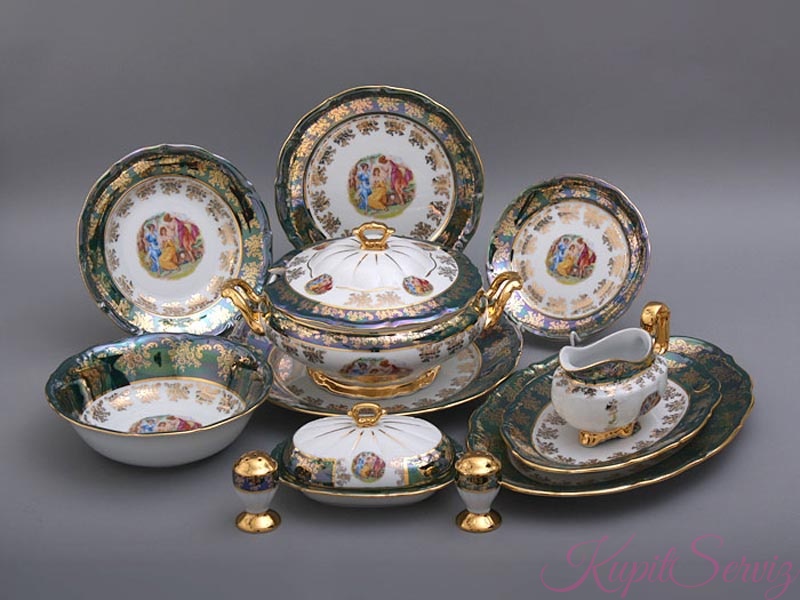
Porcelain Cookware: Similarly, porcelain cookware is also considered safe as it does not leach harmful chemicals into the food. When purchasing porcelain cookware, ensure that it is lead-free to further guarantee safety.
2. Cooking Performance:
The performance of cookware can greatly impact the quality of your dishes. Let’s examine how ceramic and porcelain cookware perform in the kitchen.
Ceramic Cookware: Ceramic cookware provides excellent heat distribution, allowing for even cooking throughout the pan. Its non-stick properties make it suitable for delicate dishes that require minimal oil or butter. Additionally, ceramic cookware retains heat well, keeping food warm even after removing it from the heat source.
Porcelain Cookware: Porcelain cookware also offers exceptional heat distribution and retention. Its ability to withstand high temperatures makes it ideal for searing and browning meats. The non-stick surface of porcelain cookware ensures an easy food release, providing superior cooking performance.
3. Durability and Longevity:
Investing in cookware that will withstand the test of time is essential for both professional chefs and home cooks.
Ceramic Cookware: Ceramic cookware is generally durable, but it can be more prone to breakage or chipping if mishandled or dropped. While it can withstand high heat, rapid temperature changes can cause cracking. However, with proper care and handling, ceramic cookware can last for several years.
Porcelain Cookware: Porcelain cookware is known for its exceptional durability and long lifespan. Its non-porous and scratch-resistant surface makes it highly resistant to chips, cracks, and scratches. Porcelain cookware is designed to withstand frequent use and can potentially last a lifetime if properly cared for.
4. Maintenance and Cleaning:
Convenience and ease of cleaning play a significant role in the daily maintenance of cookware.
Ceramic Cookware: Ceramic cookware is generally easy to clean, and many pieces are dishwasher safe. However, hand washing is recommended to preserve the non-stick coating. Avoid using abrasive scrubbers or metal utensils that can potentially damage the ceramic surface.
Porcelain Cookware: Porcelain cookware is also easy to clean, with most pieces being dishwasher safe. Like ceramic cookware, it is best to hand wash to prolong its lifespan. Porcelain’s smooth surface prevents food from sticking, simplifying the cleaning process.
5. Heat Compatibility:
Cookware that can be used across various heat sources adds versatility to your cooking options.
Ceramic Cookware: Ceramic cookware is compatible with a wide range of heat sources, including gas, electric, halogen, and even induction cooktops. However, keep in mind that some ceramic cookware may not be suitable for direct stovetop-to-oven transitions. Check the manufacturer’s guidelines for specific heat compatibility.
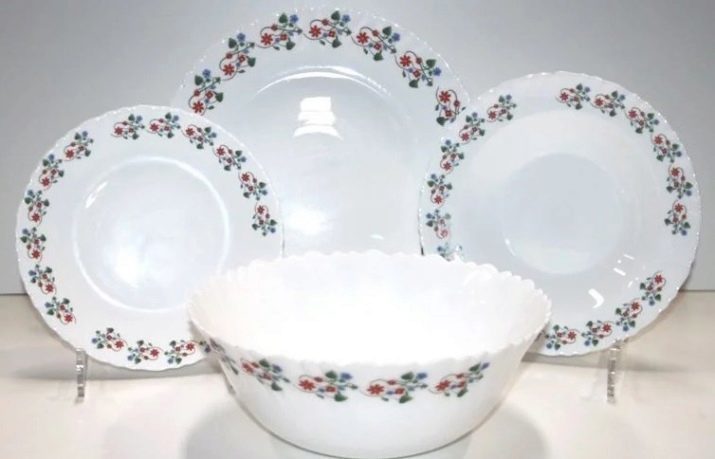
Porcelain Cookware: Porcelain cookware is also compatible with most heat sources, including stovetops, ovens, and microwaves. Additionally, porcelain’s ability to withstand rapid temperature changes makes it suitable for broiling and baking.
6. Design and Aesthetics:
Cookware that not only performs well but also enhances the overall aesthetics of your kitchen is a bonus for many.
Ceramic Cookware: Ceramic cookware comes in a variety of vibrant colors and intricate designs, making it visually appealing for those who value aesthetic appeal. Whether you prefer a rustic or contemporary look, ceramic cookware offers a wide range of options to suit your kitchen decor.
Porcelain Cookware: Porcelain cookware exudes elegance with its smooth, glossy finish. Its classic design and simple aesthetics make it a timeless addition to any kitchen. While porcelain cookware may not offer an extensive range of colors, its clean and sophisticated appearance can enhance the overall ambiance of your cooking space.
7. Price Range:
Budget consideration is a crucial factor when selecting cookware that suits your needs and preferences.
Ceramic Cookware: Ceramic cookware is generally more affordable compared to other types on the market. It offers good value for money, especially considering its non-stick properties and durability. However, prices can vary depending on the brand, quality, and design.
Porcelain Cookware: Porcelain cookware tends to be pricier compared to ceramic cookware due to its higher production costs. The quality of materials used and the firing process contribute to its higher price point. However, the longevity and performance of porcelain cookware often justify the investment for serious home cooks and professionals.
8. Environmental Considerations:
Choosing cookware that aligns with sustainable practices is becoming increasingly important in today’s eco-conscious world.
Ceramic Cookware: Ceramic cookware is generally considered environmentally friendly as it does not contain harmful substances that can leach into the environment or your food. Additionally, ceramic cookware’s longevity reduces the need for frequent replacements, further reducing waste.
Porcelain Cookware: Like ceramic cookware, porcelain cookware is environmentally friendly. Its durability and long lifespan contribute to sustainable practices by minimizing the production and disposal of cookware.
Conclusion:
Both ceramic and porcelain cookware offer remarkable cooking performance, non-stick properties, and aesthetic appeal. Ceramic cookware is a popular choice due to its affordability, vibrant colors, and designs. On the other hand, porcelain cookware stands out for its durability, scratch resistance, and ability to withstand high temperatures. Ultimately, the decision between ceramic and porcelain cookware depends on personal preferences, cooking needs, and budget constraints. Carefully consider the factors discussed in this article to make an informed decision and select the cookware that best suits your culinary requirements and aesthetic preferences.
